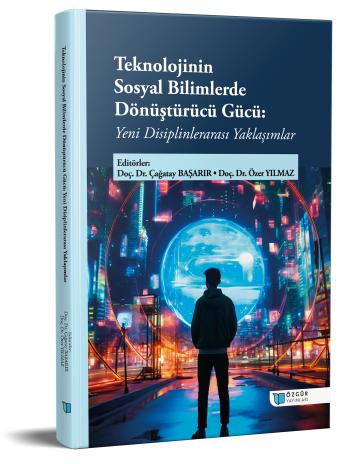
Marketing and Digitalization in Museums
Chapter from the book:
Başarır,
Ç.
&
Yılmaz,
Ö.
(eds.)
2024.
The Transformative Power of Technology in Social Sciences: New Interdisciplinary Approaches.
Synopsis
Digitalization has fundamentally transformed many elements and marketing activities in the museum market. This process has enriched the products offered by museums, thereby changing the visitor profile. Experiential elements have been added to the enriched content, which has become a significant factor in increasing the time spent in museums, visit frequency, and brand loyalty. Thanks to digitalization, the differences between seasonal fluctuations in museum demand have narrowed and become more distinct. Other elements of the marketing mix have also diversified under the influence of digitalization; pricing, payment methods, and other price-related factors have been reshaped. With the use of digital platforms, promotion and distribution channels have diversified, and new concepts such as virtual museums and virtual exhibitions have entered the museum market. As a result, museums have become more accessible and reachable. In the future, advancements in technology are expected to create differentiations in the products and services offered by museums. Museums that effectively use digitalization are expected to stand out in areas such as brand image, brand loyalty, repeat visits, and recognition. Future studies may focus more on the relationship between digitalization and the products and marketing elements in museums.

